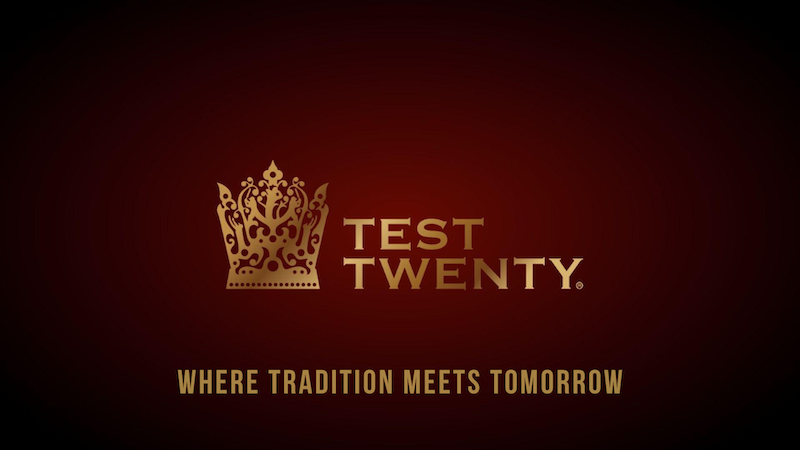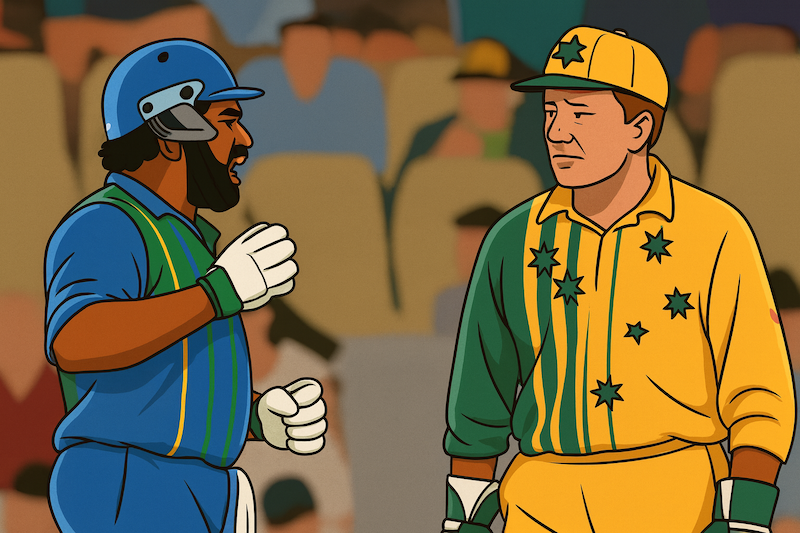
You all must remember Steve Bucknor’s wrong decision against Sachin Tendulkar in the 2003 Adelaide Test — a moment that left every Indian fan angry and helpless. Over the years, many umpiring mistakes have changed match results and disappointed players and fans. The 2008 Sydney Test between India and Australia was another example, with several wrong calls going against India. Back then, we could only accept it and say, “That’s cricket.”
When the Umpires Got It Wrong
Cricket has seen many umpiring mistakes that changed matches and upset fans. Here are a few that still stand out:
- Sachin at the Gabba (2003) – Steve Bucknor gave Sachin Tendulkar out LBW to Jason Gillespie even though the ball was going over the stumps. Bucknor later admitted it was a mistake that stayed with him for years.
- Aleem Dar and AB de Villiers – Zaheer Khan found AB’s edge to slip, but Aleem Dar ruled it not out, shocking everyone.
- Gilchrist’s Wrong Call (2006/07 Ashes) – Known for walking, Adam Gilchrist didn’t edge the ball, yet Billy Bowden gave him out.
- The 2007/08 Sydney Test – Poor decisions from Steve Bucknor and Mark Benson against India led many to question the match’s fairness.
- Billy Bowden’s Accidental Boundary (2008/09) and the Barmy Army Mix-Up stand out as lighter, almost comic reminders of human error in the game.
These moments showed how human errors could change games and why cricket needed a fair system to make things right.
When Cricket Turned to Technology
As the game advanced, clearer cameras and constant replays put umpires under huge pressure. Every close call was analysed on television, exposing mistakes that once went unnoticed. To ease this burden and make the game fairer, the International Cricket Council (ICC) decided to bring technology into the decision-making process.
The Decision Review System (DRS) was first tested during the 2008 India–Sri Lanka series and officially launched in a Test between New Zealand and Pakistan in 2009. The goal was to reduce major errors by giving players the right to challenge on-field calls. Using ball tracking, edge detection, and infrared imaging, umpires could now review close decisions with the help of technology.
It was not meant to replace human judgment but to support it, ensuring fairness while keeping the spirit of cricket intact, marking the start of an uneasy but game-changing relationship between umpires and technology.
How DRS Works
The Decision Review System (DRS) is not a single tool but a mix of technologies that help umpires review close calls. The main feature is ball tracking (Hawk-Eye), which shows the ball’s path and predicts whether it would hit the stumps, mostly used for LBW decisions. Then comes UltraEdge (or Snickometer), which uses sound waves from stump microphones to detect even the faintest edge. Hot Spot, an infrared camera system, shows heat marks when the ball touches the bat or pad.
All this information is reviewed by the third umpire, who checks different angles before giving the final decision. Together, these tools help make the game more accurate, fair, and transparent — though not always free from debate.
Explore More Stories

What Is Test Twenty? Where Tests Meet T20s
A bold new format is about to change the game. Test Twenty mixes the strategy of Test cricket with the energy of T20s, creating an 80-over, two-innings contest that redefines modern cricket. Here’s how it works.

Arjuna Ranatunga – The No Handshake Incident
In 1996, Arjuna Ranatunga made a silent but powerful statement at the Sydney Cricket Ground. When the Sri Lankan captain refused to shake hands with Australia, it was more than a protest — it was a stand for pride, respect, and dignity.
The Early Resistance and Challenges
When DRS was first introduced, not everyone welcomed it. Many traditionalists felt it questioned the umpire’s authority, which had always been a sacred part of cricket. Some cricket boards also raised concerns about the cost of using advanced technology for every series.
The BCCI was the most vocal critic, saying ball tracking and edge detection were not always accurate. Because of this, India avoided using DRS in bilateral series for years, creating an uneven situation across matches. After several improvements and successful trials, India finally tested a more advanced version during the 2016 home Test series against England, marking a big step toward full acceptance of the system.
How DRS Changed the Game
Over time, DRS has become one of the most important parts of modern cricket. It has made the game fairer by correcting many clear umpiring mistakes that once decided matches. In a sport where a single wrong decision in a high-pressure game can change everything, DRS has helped restore balance and trust among players and fans.
It has also added a new strategic element to cricket. Captains and batsmen must now think carefully before using a review, judging the match situation and how many reviews remain. This has brought extra drama and excitement, especially in tight contests.
Today, DRS is used in almost every major international and league game. It has not only improved accuracy but also changed the way cricket is played and watched, becoming a natural part of the game’s modern culture.
The Continuing Debate
Even after years of use, DRS continues to spark discussion. The “umpire’s call” rule, which lets the on-field decision stand for marginal LBW reviews, still divides opinion among players and fans. Some see it as fair respect for the umpire’s judgment, while others feel it brings back the very uncertainty DRS was meant to remove.
There are also concerns about delays in play, as long reviews can break the game’s rhythm. The ICC keeps refining the system, removing the soft signal for catches and improving technology accuracy, to make the process smoother.
This mix of trust and tension shows that cricket’s relationship with technology remains an uneasy marriage, but one that continues to push the game toward greater fairness and accuracy.




